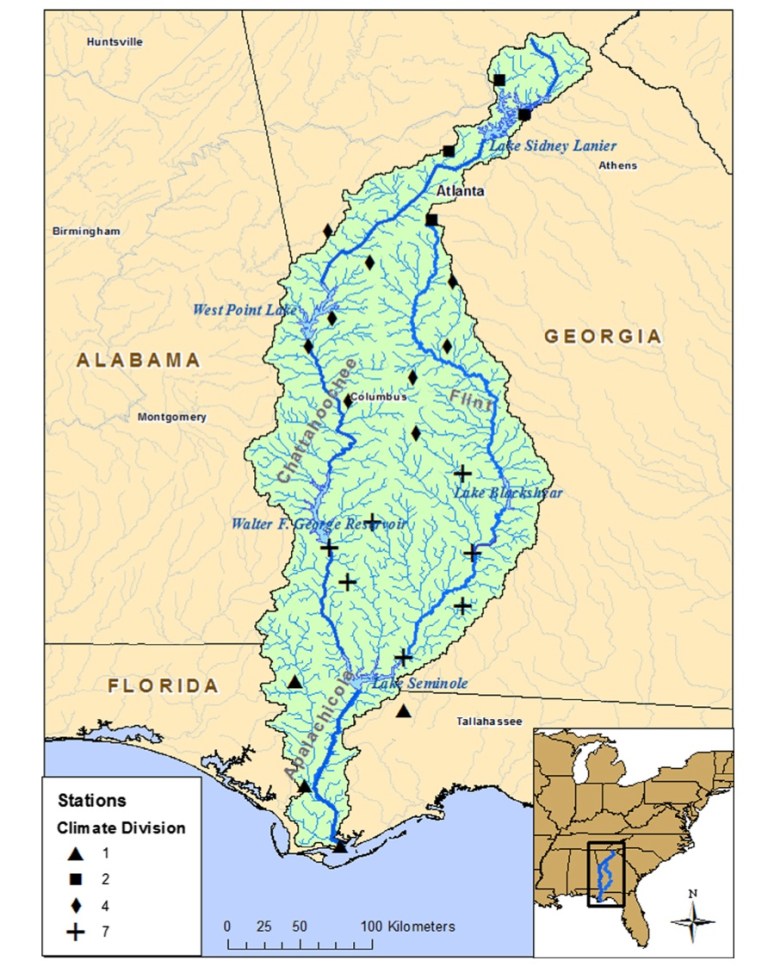-

Is the heat making your cows uncomfortable? Heat stress on livestock can cause health issues, make cattle gain weight more slowly because they are unhappy, and even reduce fertility. This article from the American Agriculturalist points out that sometimes even small changes like changing the direction of a blowing fan or providing some shade can…
-

The latest monthly climate summaries for June 2020 are now available from the North Carolina Climate Office and the Southeast Regional Climate Center. You can view them at: North Carolina: https://climate.ncsu.edu/climateblog?id=318&h=5666e5c1 Southeast: https://sercc.com/SoutheastRegionMonthlyClimateReportJune2020.pdf
-

Today’s low over southwest Georgia has brought intermittent showers to Georgia and parts of Alabama and South Carolina today. Tonight the center of rotation is near Macon, but it is expected to slowly move towards the northeast. If it moves over the warm water off the coast of the Carolinas, it has a 40 percent…
-

A warm winter followed by a cool April and May and some blasts of hot weather have led to throngs of grasshoppers and other cotton pests this year, according to Alabama Extension agents quoted in Cotton Grower. The grasshoppers are especially numerous in the coastal plain where they do better in the sandy soil there.…
-

Almost everyone in the Southeast knows that Georgia and Florida have been fighting a legal battle for many years now about the amount of water that should flow from Georgia to Florida into Apalachicola Bay in the Gulf of Mexico, the so-called “Water War.” It’s gone all the way to the Supreme Court and then…
Posted in: Climate and Ag in the news -

In recent years, we have seen an increase in the number of extreme rainfall events as well as an increase in the number of dry periods. This is causing a lot of problems for oysters in the Gulf of Mexico, which depend on water that is not too salty and not too fresh to thrive.…
-

A new set of maps produced by the research and technology nonprofit First Street Foundation shows that FEMA estimates of areas prone to flooding may be underestimating the number of properties that are at risk by as much as 6 million, which would bring the total number to 14.6 million, according to a Bloomberg article…